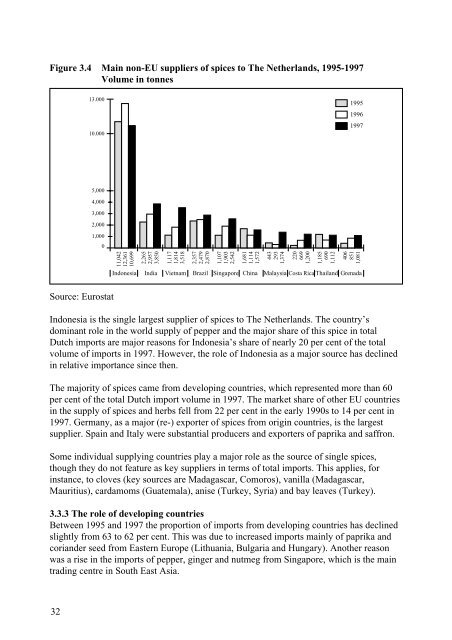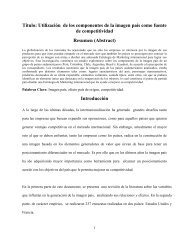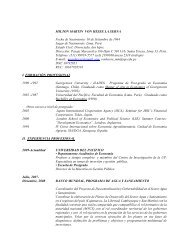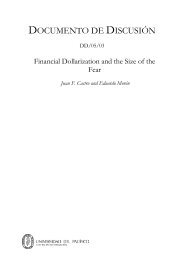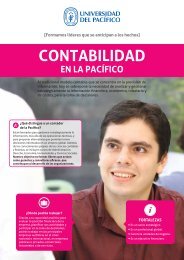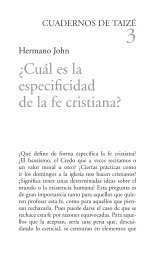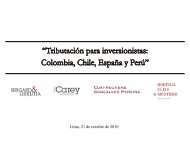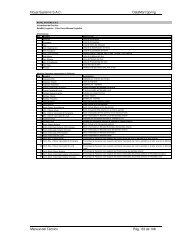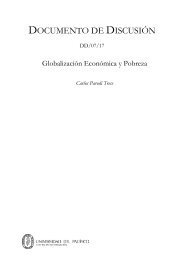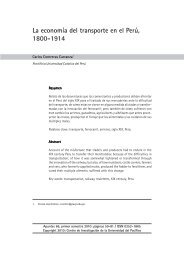Spices and Herbs
Spices and Herbs
Spices and Herbs
You also want an ePaper? Increase the reach of your titles
YUMPU automatically turns print PDFs into web optimized ePapers that Google loves.
Figure 3.4 Main non-EU suppliers of spices to The Netherl<strong>and</strong>s, 1995-1997<br />
Volume in tonnes<br />
13.000<br />
10.000<br />
1995<br />
1996<br />
1997<br />
5,000<br />
4,000<br />
3,000<br />
2,000<br />
1,000<br />
0<br />
11,042<br />
12,361<br />
10,699<br />
2,265<br />
2,957<br />
3,850<br />
1,117<br />
1,814<br />
3,518<br />
2,357<br />
2,479<br />
2,870<br />
1,107<br />
1,903<br />
2,542<br />
1,681<br />
1,114<br />
1,572<br />
443<br />
293<br />
1,374<br />
220<br />
669<br />
1,200<br />
1,185<br />
690<br />
1,112<br />
406<br />
851<br />
1,081<br />
Indonesia India Vietnam Brazil Singapore China Malaysia Costa Rica Thail<strong>and</strong> Grenada<br />
Source: Eurostat<br />
Indonesia is the single largest supplier of spices to The Netherl<strong>and</strong>s. The country’s<br />
dominant role in the world supply of pepper <strong>and</strong> the major share of this spice in total<br />
Dutch imports are major reasons for Indonesia’s share of nearly 20 per cent of the total<br />
volume of imports in 1997. However, the role of Indonesia as a major source has declined<br />
in relative importance since then.<br />
The majority of spices came from developing countries, which represented more than 60<br />
per cent of the total Dutch import volume in 1997. The market share of other EU countries<br />
in the supply of spices <strong>and</strong> herbs fell from 22 per cent in the early 1990s to 14 per cent in<br />
1997. Germany, as a major (re-) exporter of spices from origin countries, is the largest<br />
supplier. Spain <strong>and</strong> Italy were substantial producers <strong>and</strong> exporters of paprika <strong>and</strong> saffron.<br />
Some individual supplying countries play a major role as the source of single spices,<br />
though they do not feature as key suppliers in terms of total imports. This applies, for<br />
instance, to cloves (key sources are Madagascar, Comoros), vanilla (Madagascar,<br />
Mauritius), cardamoms (Guatemala), anise (Turkey, Syria) <strong>and</strong> bay leaves (Turkey).<br />
3.3.3 The role of developing countries<br />
Between 1995 <strong>and</strong> 1997 the proportion of imports from developing countries has declined<br />
slightly from 63 to 62 per cent. This was due to increased imports mainly of paprika <strong>and</strong><br />
cori<strong>and</strong>er seed from Eastern Europe (Lithuania, Bulgaria <strong>and</strong> Hungary). Another reason<br />
was a rise in the imports of pepper, ginger <strong>and</strong> nutmeg from Singapore, which is the main<br />
trading centre in South East Asia.<br />
32


